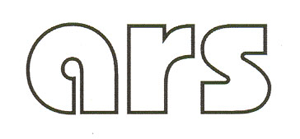Resumo em Português:
resumo Antes de ser conhecida no Brasil, a produção fotográfica de Alair Gomes circulou nos anos 1970 e 1980 nos Estados Unidos, em publicações tanto do meio das artes quanto ligadas a uma homossociabilidade estadunidense, como são os casos das revistas Performance, Gay Sunshine, The Advocate e Advocate MEN, e do Artists Almanac. Este artigo analisa tal conjunto de trabalhos, apontando seus principais elementos visuais, como a montagem de múltiplas fotografias, e sinalizando o suporte impresso como um elemento-chave para a compreensão da poética do artista, especialmente a materialidade e a sequencialidade da imagem fotográfica na página impressa. Objetiva-se nesta análise incrementar as possibilidades interpretativas entre o fotógrafo e o cenário artístico contemporâneo, que até o momento permanece restrita ao aspecto homoerótico de sua obra.
Resumo em Inglês:
abstract Before it was known in Brasil, the photography works of Alair Gomes circulated during the 1970s and 1980s in the United States, both in publications of art and linked to the American homosociability, as it was the case of the magazines Performance, Gay Sunshine, The Advocate and Advocate MEN, and in the Artists Almanac. This article analyses the group of works, pointing out their main visual elements, like the assembly of multiple photographies, showing the printed support as the key element for the understanding of the artist poetic, more precisely the materiality and sequenciality of the photographic image on a printed page. The objective of this analysis is to increase the interpretations between the photographer and the contemporary artistic scene, which at the moment remains be connected exclusively to the homoerotism of its works.
